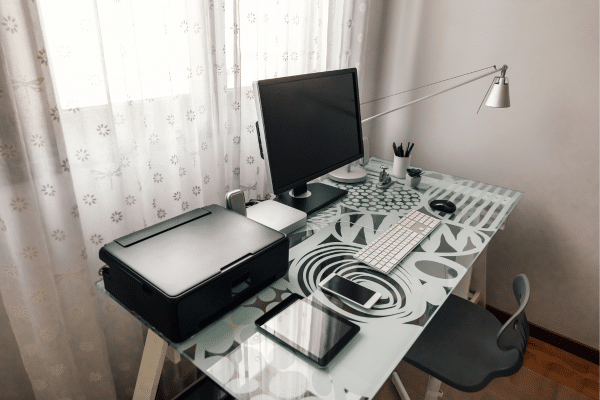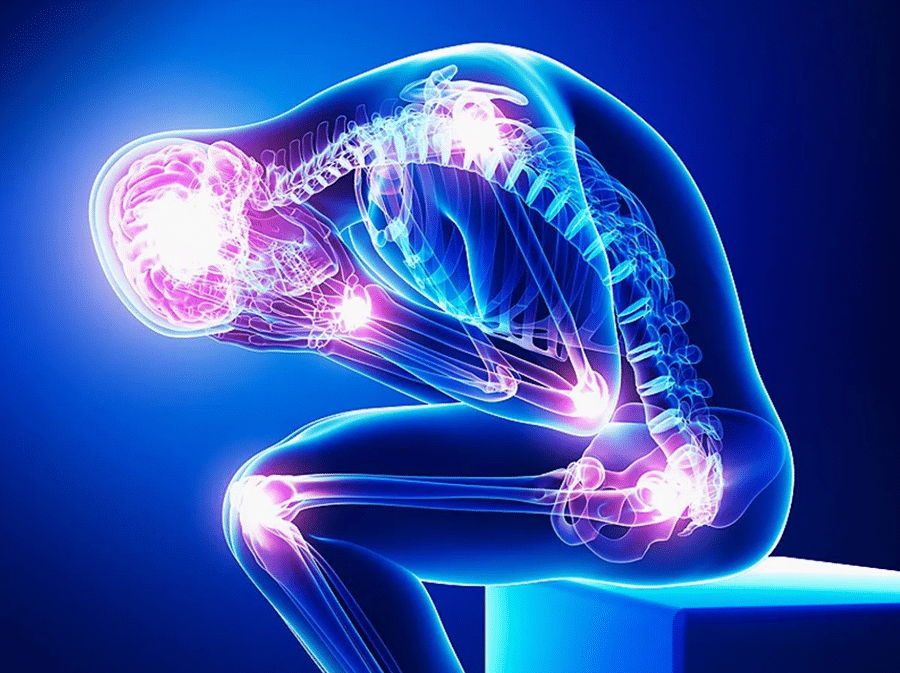Good posture is more than just a sign of confidence and elegance; it plays a pivotal role in maintaining optimal health, functionality, and physical appearance. A well-aligned posture ensures the muscles and ligaments function without strain, promotes efficient breathing, and supports spine health. Sadly, the modern lifestyle filled with prolonged sitting and screen time often compromises posture. Recognizing and correcting these habits can pave the way for a healthier life, free from the troubles of back pain, muscle strain, and reduced confidence. Here are some proven techniques to guide you in transforming your posture for the better.
Contents
Stop Slouching

Slouching is a common pitfall that most people succumb to, especially when working for long hours at a desk or frequently using mobile devices. When you slouch, your spine loses its natural S-curve, leading to a myriad of issues, from simple backaches to more serious musculoskeletal problems. Slouching not only affects the spine but can also place undue pressure on internal organs, impacting overall health and vitality.
To combat the tendency to slouch, it’s essential to cultivate awareness of one’s posture throughout the day. Techniques such as setting hourly reminders on electronic devices or placing visible cues in frequently visited areas can act as reminders to straighten up. With consistent attention and practice, maintaining an upright posture can become second nature, drastically reducing the adverse effects of slouching.
Exercise Regularly

One of the cornerstones of good posture is a strong core. Regular exercise, focusing especially on strengthening the core muscles, can be immensely beneficial in improving and maintaining an upright stance. These muscles play a crucial role in stabilizing the spine and providing the necessary support to maintain good posture throughout various daily activities.
Incorporating specific exercises known to target postural muscles can be a game-changer. Routines that involve planks, bridges, and wall angels can offer remarkable benefits in a relatively short period. Moreover, by engaging in regular physical activity, one not only fortifies the muscles responsible for posture but also enhances overall physical and mental well-being.
Avoid Heels

High heels, while stylish and often considered a staple in many wardrobes, can be detrimental to proper posture. When wearing heels, the natural alignment of the body shifts, placing extra pressure on the lower back and altering the curvature of the spine. This not only impacts posture negatively but also increases the risk of developing musculoskeletal problems in the long run.
For those who love the confidence boost and aesthetic appeal of heels, it’s not about completely avoiding them but rather using them wisely. Alternating between heel heights, opting for platforms that reduce arch strain, or investing in insoles can make a difference. It’s also beneficial to limit the duration heels are worn and to stretch the calf muscles afterward to counteract the strain.
Use Posture-Correcting Tools

In a world where technological solutions abound for various health concerns, there are several tools available that focus on rectifying posture. Posture braces, for example, are designed to provide the necessary support and gentle correction to help individuals maintain proper spinal alignment. Similarly, lumbar support cushions and ergonomic chairs can make a substantial difference, especially for those spending extensive hours seated.
When integrating these tools into daily routines, it’s paramount to ensure they are used correctly to reap the full benefits. For instance, simply owning an ergonomic chair doesn’t guarantee good posture; one must adjust it to fit one’s unique body dimensions and workspace needs. Over time, with the support of these tools and continued awareness, individuals can experience significant improvements in posture and reduced discomfort.
Be Mindful Of Your Workstation

The workstation setup holds profound implications for posture, especially for professionals who dedicate numerous hours to desk jobs. An ill-structured workstation can compel individuals to adopt positions that strain the neck, back, and shoulders. Such prolonged strain can result in chronic pain and significant postural deviations over time.
Optimizing a workstation is both an art and a science. Ensuring the computer screen is at eye level, maintaining a 90-degree angle at the elbows when typing, and keeping the feet flat on the ground can make vast differences. Additionally, every workstation should be personalized to the user’s needs. Implementing frequent breaks to stretch and reset can further safeguard against the risks of prolonged sitting.
Stretch Regularly

The body craves movement, especially in today’s sedentary world. Incorporating regular stretches into daily routines can dramatically counteract the negative impacts of prolonged sitting or standing. Stretching releases tension, increases blood flow, and helps in realigning any deviations in posture caused by daily habits.
Targeted stretches, particularly for the neck, back, and shoulders, can serve as a preventive and corrective measure for posture-related concerns. The cat-cow stretch, for instance, is perfect for mobilizing the spine, while chest openers can alleviate the tightness caused by forward hunching. By setting aside a few minutes each day for such stretches, it’s possible to foster a body that’s more supple, balanced, and resilient.
Mind Your Sleeping Habits

Sleep, often overlooked, is a significant factor in maintaining good posture. The way one sleeps can either alleviate or exacerbate postural problems. Sleeping on the stomach, for example, can strain the neck and lower back, causing postural and muscular imbalances over time.
Choosing the right mattress and pillow is crucial. A mattress that supports the natural curvature of the spine, combined with a pillow that aligns the neck correctly with the rest of the spine, can be transformative. Side sleepers might benefit from placing a pillow between their knees to maintain hip alignment. By ensuring that the sleeping environment promotes spinal health, one lays the foundation for better posture during waking hours.
The Bottom Line
Good posture goes beyond mere aesthetics; it’s a testament to one’s overall health, vitality, and quality of life. In the quest for better posture, it’s essential to approach the journey holistically, considering daily habits, workspace, physical activity, and even sleep. By actively employing the techniques and insights shared in this article, individuals can anticipate a future with reduced pain, enhanced functionality, and an elevated sense of well-being.


